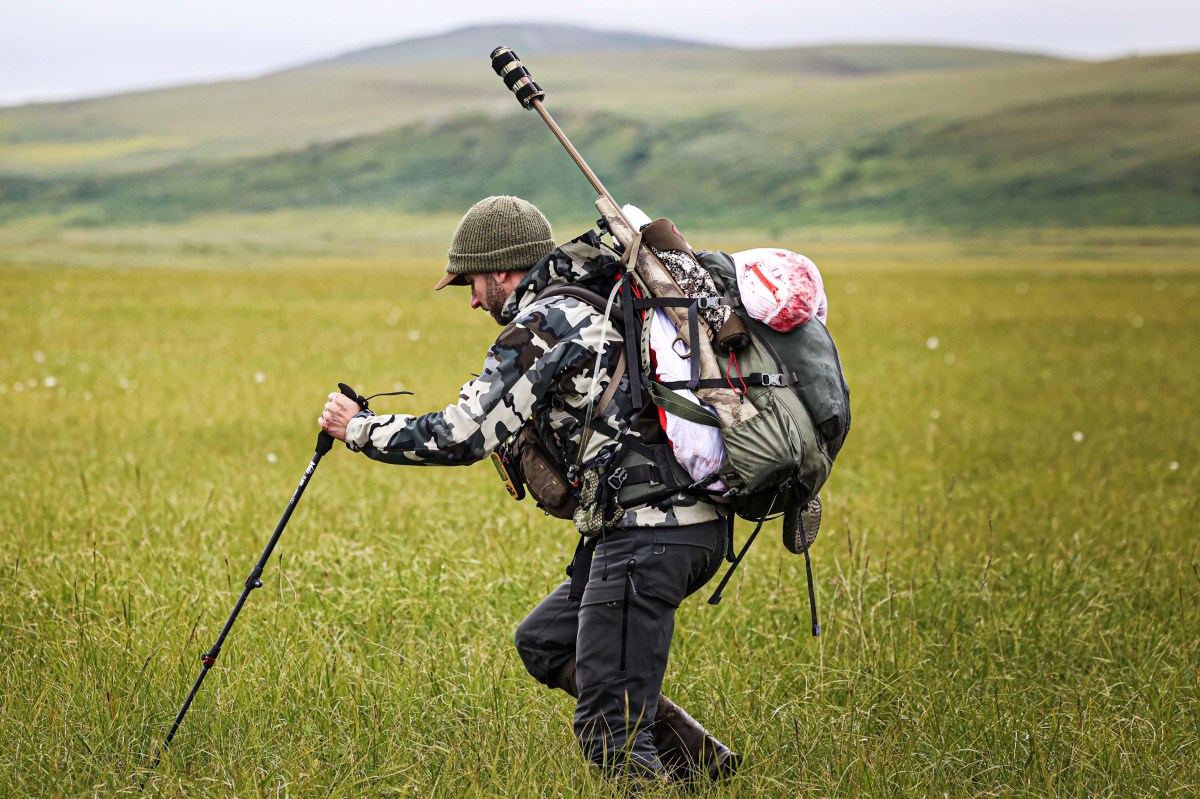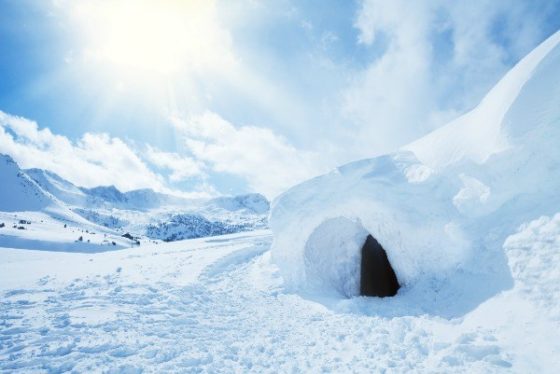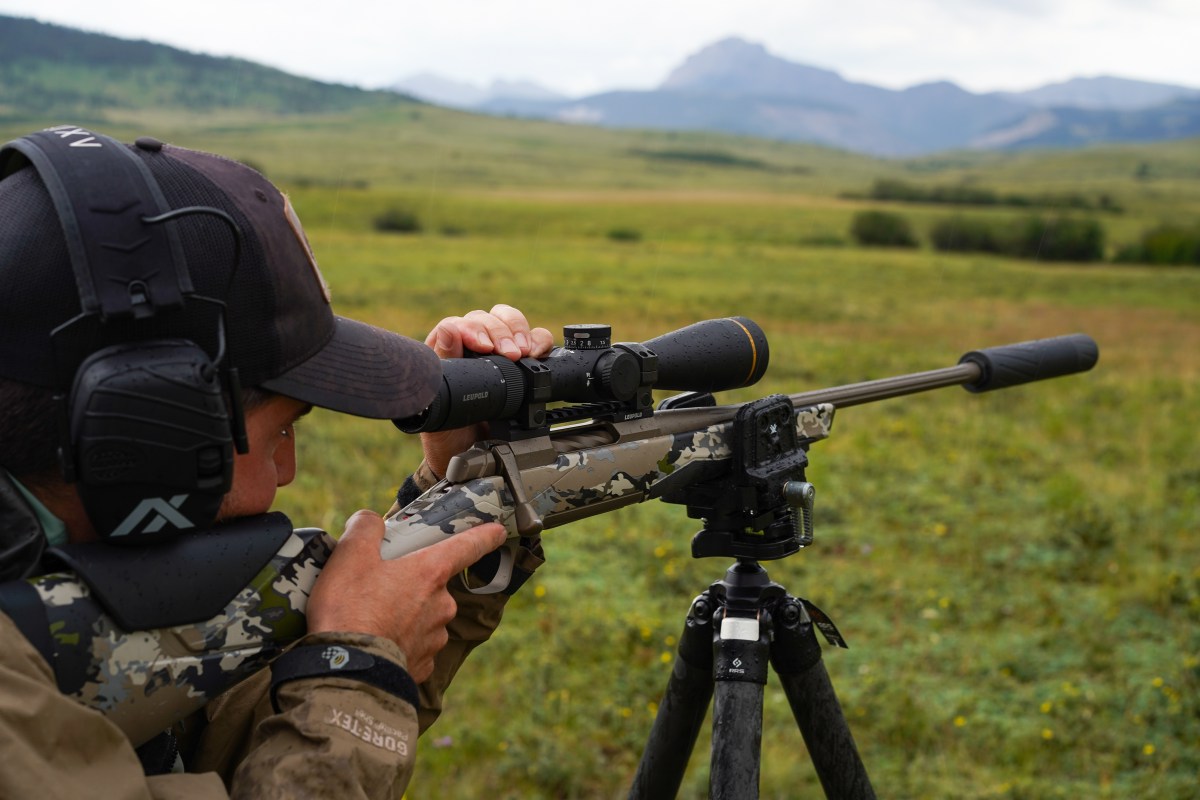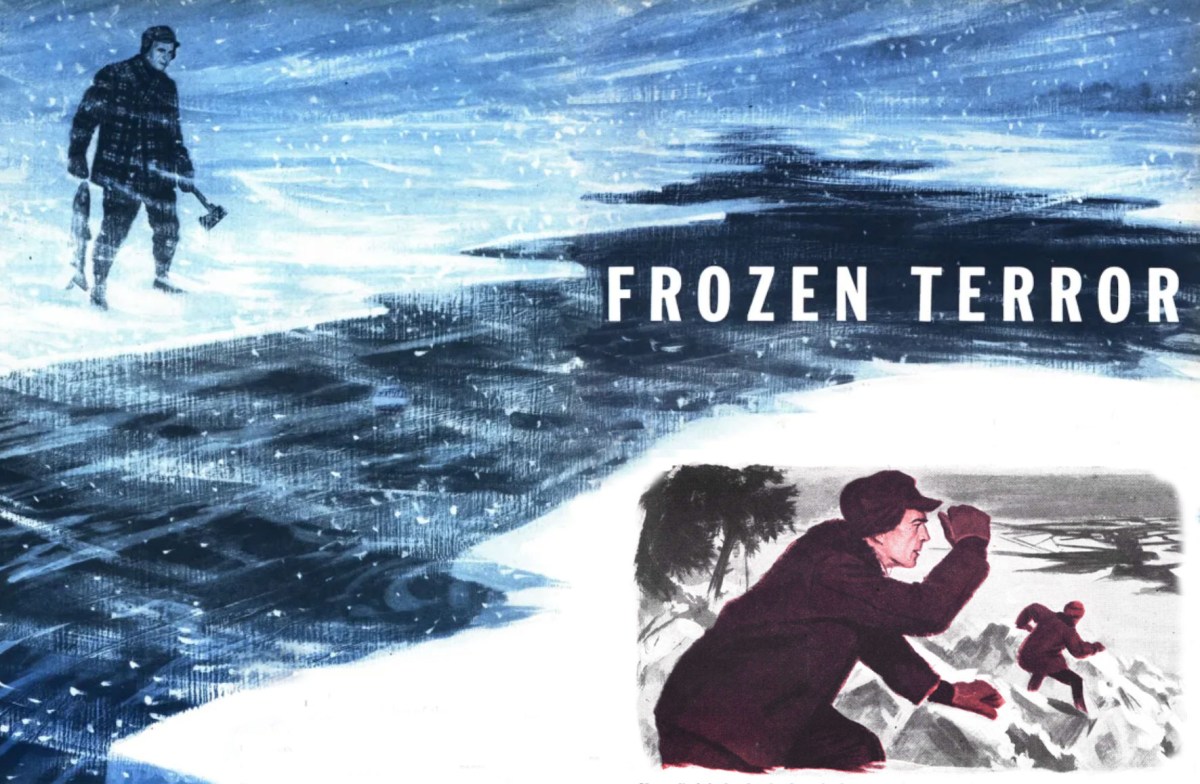Rubs and Scrapes Glow Like ‘Highway Reflectors’ to Deer, New Study Shows

The ability to spot rubs and scrapes is an acquired skill. They may be invisible to rookie hunters, but with a little bit of practice, spotting them becomes routine. Whitetails don’t have to work nearly so hard. That’s due, in part, to their superior noses and their tendency to leave a whole lot of scent. But it’s also because fresh rubs and scrapes, researchers say, actually appear to glow for deer.
Researchers at the University of Georgia Deer Lab, well known for its studies on deer vision, shared details of their latest findings with the National Deer Association. While we know that certain features of deer, like many animals, fluoresce in UV light, it’s the first time researchers have conducted an in-depth experiment on how that phenomenon might apply to the deer woods.
Remember, deer perceive a different range of light than we humans do. While our eyes filter out most of the UV spectrum, according to the National Deer Association, deer are 20 times more sensitive to that range of light than we are.
With that in mind, UGA Deer Lab graduate research assistant Daniel DeRose-Broeckert designed an experiment to better understand how deer communicate. He used different UV lights to illuminate wild whitetail rubs, scrapes, and their surroundings during the pre-rut and the rut in Georgia. Then he measured emitted wavelengths with a spectrometer to determine whether they were in the range of deer vision. All told, DeRose-Broeckert collected data from 109 fresh rubs and 37 fresh scrapes. He discovered that fresh rubs glow more during the pre-rut, and fresh scrapes glow more during the rut.
“I think that rubs look like highway reflectors to deer,” DeRose-Broeckert told NDA. “That’s how I imagine it. When the rest of the woods are dark, the rubs and the urine in the scrapes are highlighted because it’s throwing a different color, a brighter color, than the light that’s contacting it.”
There’s a few reasons for this. Certain bark layers, saps, and other plant matter can actually photoluminesce. So do secretions from a buck’s forehead gland. That’s why the fresher the rubs and recently-exposed bark glow more strongly under UV light. DeRose-Broeckert also told NDA that both tree sap and buck forehead gland secretions produce strong, unique scents. So rubs offer both visual and scent clues for deer.
At first, the UV findings for scrapes were underwhelming. They didn’t light up during the pre-rut because deer weren’t urinating in them. As the rut kicked in, however, scrapes started to glow.
“It looked like spilled milk,” DeRose-Broeckert told NDA. “What’s cool about it is that the wavelengths produced by the urine in scrapes align very nicely with a deer’s peak visual sensitivity. If a deer did not have a nose, and they walked up to a scrape, they can see how much use it’s getting like it’s spilled white paint.”
While this formal study is new, it’s not the first time anyone has realized it’s possible to identify deer sign with a UV light. Matt Williams, a Michigan deer hunter and mushroom-food plot evangelist, noticed this back in 2023 while working on a paper about mushrooms as deer forage. Some mushrooms fluoresce, and that gave Williams an idea about one way deer might be locating mushrooms.
“I theorized that since deer see blue, yellow, some green and UV, they may be able to see fluorescent fungi. So I took a UV blue (long wave at 365 nm) light to our city deer pen to see if there was anything else visible. I immediately noticed the glands and white fur on the tail fluoresced,” Williams wrote in December 2023 and in 2024. “Then I went to look at the habitat, the rubs lit up like Chernobyl. I could not believe my eyes, so I took it around the woods at camp, the rubs there lit up too. I went to a deer processor to confirm that the sign was indeed coming from the deer, it is. Furthermore the buds of trees, lichens and many fungi glow with this same light. This is a new discovery in the deer world. I’ve sent the observations to the U of GA and MSU deer lab as well as Dr. Kroll in Texas and they’re pursuing this too.”
Read Next: What Colors Can Deer See?
So, how does all this help deer hunters? For starters, getting your hands on a UV light in the 365 nm or 395 nm range could help you identify which rubs and scrapes are active where you hunt. You may have to check them in the dark — while slipping into or out of your stand this time of year — but it could help fill in details of how deer are using the area.
For a deeper dive into DeRose-Broeckert’s findings about how deer perceive scrapes and rubs, head over to NDA.
Read the full article here









